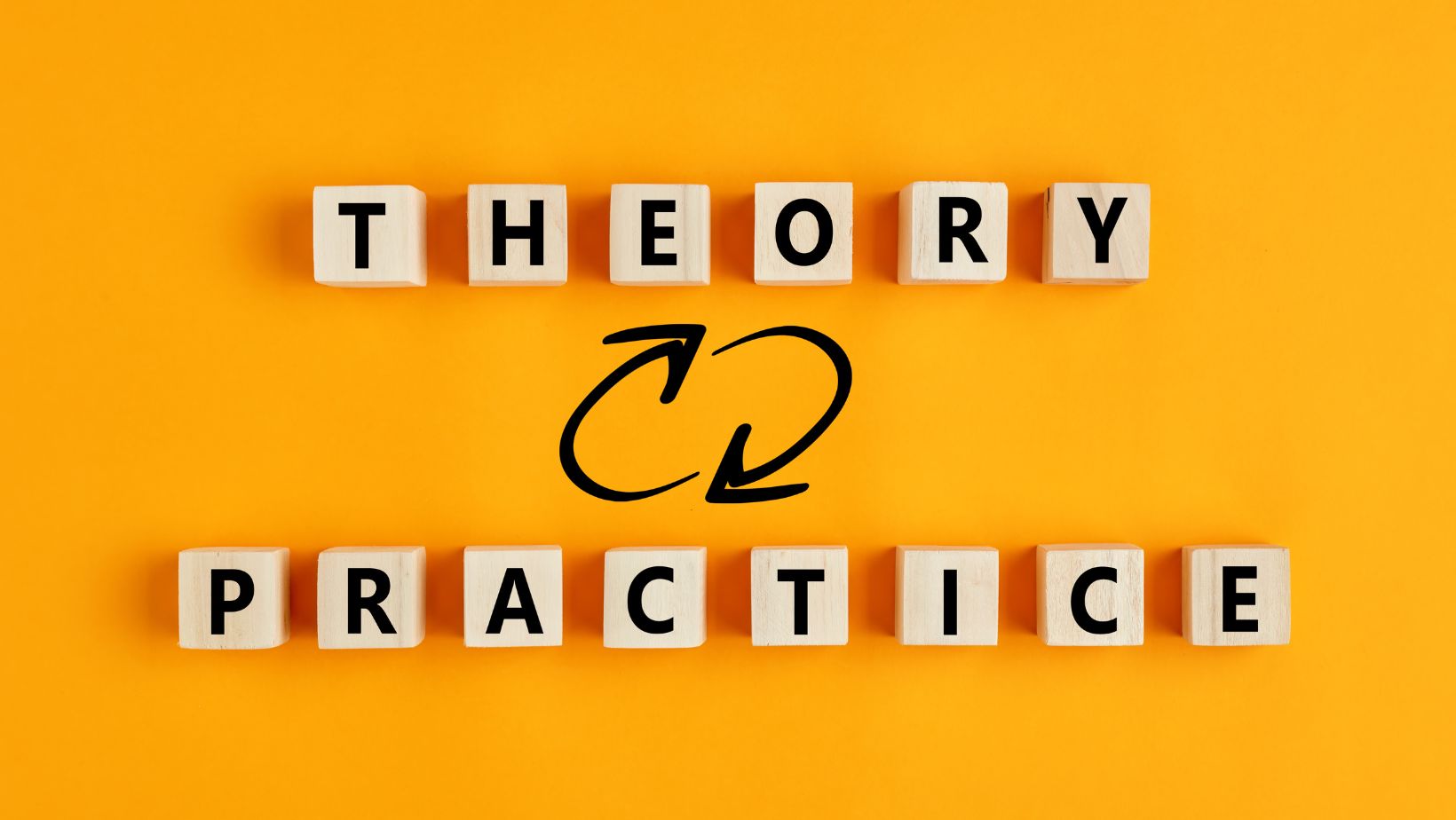
Which Implications are Offered by House’s Revised Path-Goal Theory?
As an experienced blogger, I’ve delved deep into various management theories and their implications. One of these is House’s Revised Path-Goal Theory. This theory, a significant revision of the original Path-Goal Theory, offers valuable insights into leadership and motivation.
The Revised Path-Goal Theory underscores the role of a leader in guiding team members towards their objectives. It emphasizes that leaders should adapt their style based on the nature of the task and the characteristics of the team members. With this theory, we can better understand how leadership styles can impact team dynamics and performance.
Overview of House’s Revised Path-Goal Theory
In uncovering the essence of House’s Revised Path-Goal Theory, it’s crucial to delve into its core facets. Rooted in the understanding that leaders mold their approach based on team dynamics and task specifics, the framework surmises that leaders are key players in directing team members to their respective goals.
The theory lays foundation on the idea that leaders can pave a path and map out the journey for every team member. They essentially serve as navigators who mark the road with stepping stones for members to tread on. Leadership, as the theory propounds, is not a one-fit-all approach, but rather, it changes according to the situation.
- Leaders’ Adaptability: Leaders should be agile and both willing and able to adapt their style based on the task at hand and the personality of the team member.
- Goal Clarity: A leader’s role involves providing clarity about the end goal and how to reach it, eliminating as much ambiguity as possible.
- Motivation: Leaders should not only motivate their team members but also bolster their desire to spend effort in achieving their individual goals.
In essence, the Revised Path-Goal Theory is about fostering a harmonious, productive, and dynamic work environment where goals are attained through strategic and adaptable leadership. It’s a theory reflective of the modern, fluid dynamics in workplaces and beyond.
Exploring further, this theory solidifies that the leader doesn’t have to be a heroic figure, but rather someone who leads, adapts, inspires, and most importantly for businesses, drives productivity. A leader that binds the theory into action is one that understands their team members well, making motivation, task facilitation, and goal clarity their primary leadership tools.
Now that we’ve sailed through an overview of House’s Revised Path-Goal Theory, we will delve deeper into the significant implications it offers in revolutionizing leadership and team dynamics. The core strengths and potential benefits this theory brings to the table are truly transformative. Stay tuned as we unpack them in the next installment of our article.
Enhances Employee Motivation
In my experience, one of the most powerful outcomes of implementing House’s Revised Path-Goal Theory is the improvement in employee motivation. Leaders who effectively adopt the tenets of this theory can greatly influence their team’s drive to perform.
Picture this: A leader who’s able – and willing – to modify their leadership style according to the needs of the task and the characteristics of the team. Now, that’s a game-changer. It’s about tailoring the strategy to the situation. Team members won’t feel forced into a one-size-fits-all approach. They’ll recognize that their individual talents and skills are valued. That acknowledgment? It’s a powerful motivator all by itself.
Such adaptable leadership also encourages goal clarity. Let’s face it – there’s nothing more demotivating than unclear objectives. However, when leaders provide clear goals, it becomes easier for team members to understand where they’re headed. The destination isn’t a foggy mystery anymore. It’s a well-defined point B.
Moreover, knowing the “why” behind tasks increases team members’ intrinsic motivation. They don’t just see the work as a means to an end anymore – paychecks at the end of the month. They understand how their tasks contribute to the big picture. It’s a solidarity-builder, really. This deep-seated understanding fosters a sense of shared purpose, promoting workplace harmony.
So, through dynamic leadership styles, clear goal setting and an understanding of the bigger picture, House’s Revised Path-Goal Theory may lead to greatly enhanced employee motivation. The ripple effect can be profound and it’s not hard to see why.

Improves Employee Satisfaction
The next noteworthy implication that House’s Revised Path-Goal Theory brings is the enhancement of employee satisfaction. Through dynamic leadership styles and goal clarity, the theory instills a sense of fulfillment in employees, building a more gratifying workplace experience.
Leaders who adopt this theory don’t just focus on the “what” and “how” of tasks. They prioritize helping their team members grasp the importance of their roles – the “why” behind the work. This approach fosters a deeper level of understanding among employees, making them feel valued within the organization. When employees feel their work is meaningful – worth its weight in a broader context – they’re not just satisfied, they’re thoroughly engrossed.
Let’s dive deeper to see how House’s theory leads to such high levels of employee satisfaction:
- Promotes a Sense of Purpose: The theory’s foundation on clear, comprehensible goals empowers employees. They aren’t blindly following commands; they’re contributing to a purpose. This involvement cultivates an atmosphere of shared responsibility and purpose, escalating overall job satisfaction.
- Encourages Employee Development: Dynamic leadership styles promote employees’ personal and professional growth. Whether it’s learning a new skill, developing existing ones, or articulating ideas – employees are encouraged to evolve. This growth-favoring environment results in employees feeling satisfied and valued.
- Increases Trust in Leadership: The ability of a leader to adapt their management style according to the task and individual characteristics strengthens the trust employees have in their leadership. With trust comes comfort, respect, and ultimately, heightened job satisfaction.
As you can see, the implications of House’s Revised Path-Goal Theory are profound and beneficial to not just the employees, but also the overall health and success of an organization. But how does this reflect in terms of employee productivity? We’ll discuss that in the next segment.



